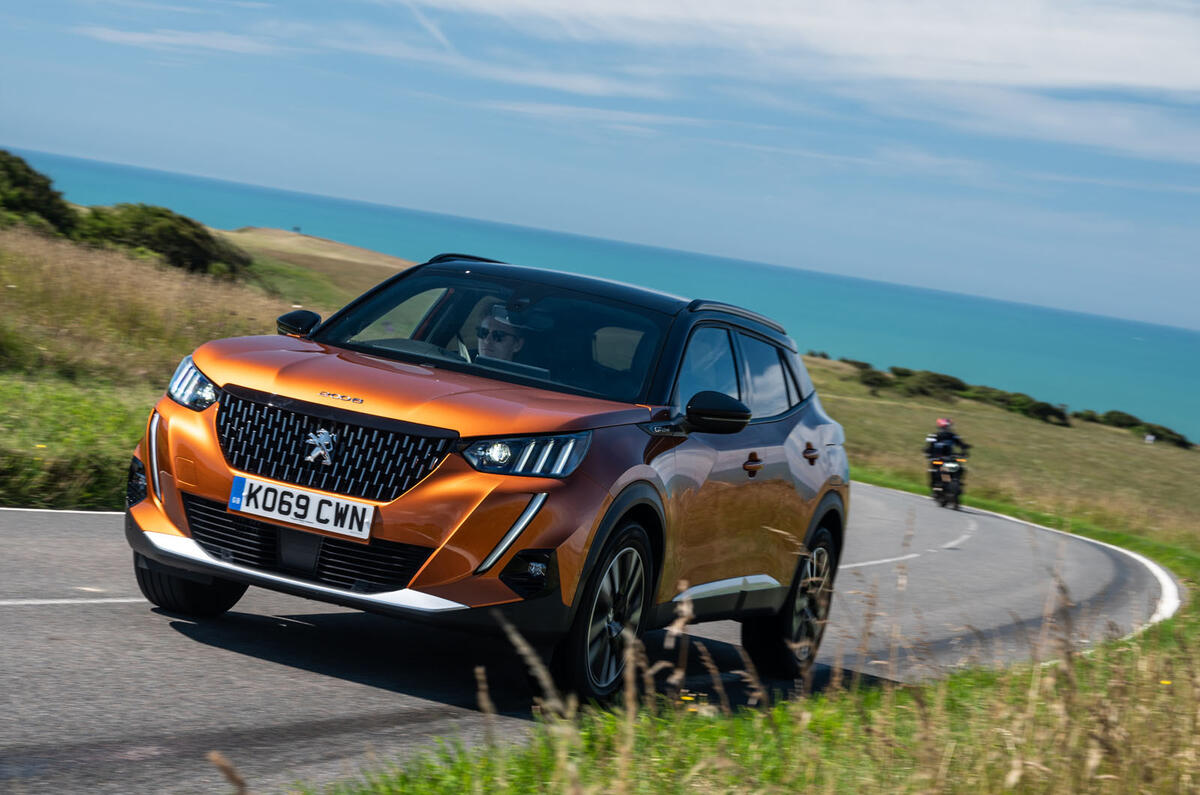
The time has come for us to stop making this sporty car,” announces Jeremy Clarkson in a mock 1990s board meeting. “How is this for a plan: we make terrible cars. In every way horrible.” “Maybe très ugly?” responds James May. “Le engine très horrible?” “Oui oui! Nasty, unreliable, uncomfortable, et l’intérieur fabric en spit et Kleenex!”
This hilarious skit from 2015 was hyperbolic, harsh even, but it illustrated in simple terms how Peugeot had quickly gone from making handsome and engaging cars to, well, the 1007 and 407.
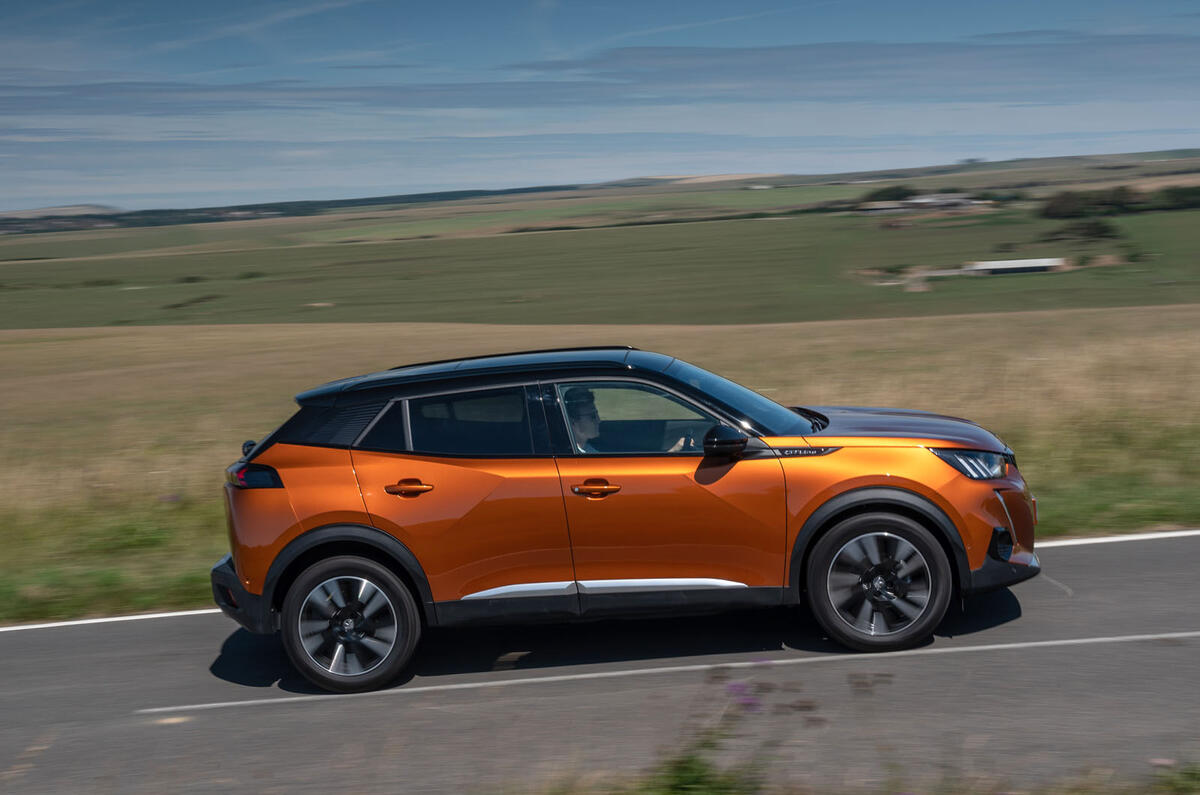
Just a year after that drubbing aired, however, the French marque suddenly reversed its fortunes with the second-generation 3008, then the 5008, and it hasn’t looked back, rolling out cars that are aesthetically innovative and appealing ownership propositions ever since.
The new 2008 I’ve just started to run is a perfect example. Gone is the drab look of the original, replaced by an angular and imposing – but not aggressive – body that’s intriguing to view from every angle. The look shares much with the 208 (which has leapt up the supermini order), as do the mechanicals. Both cars are based on the PSA Group’s youthful CMF platform, offer the same range of engines and are available as EVs.
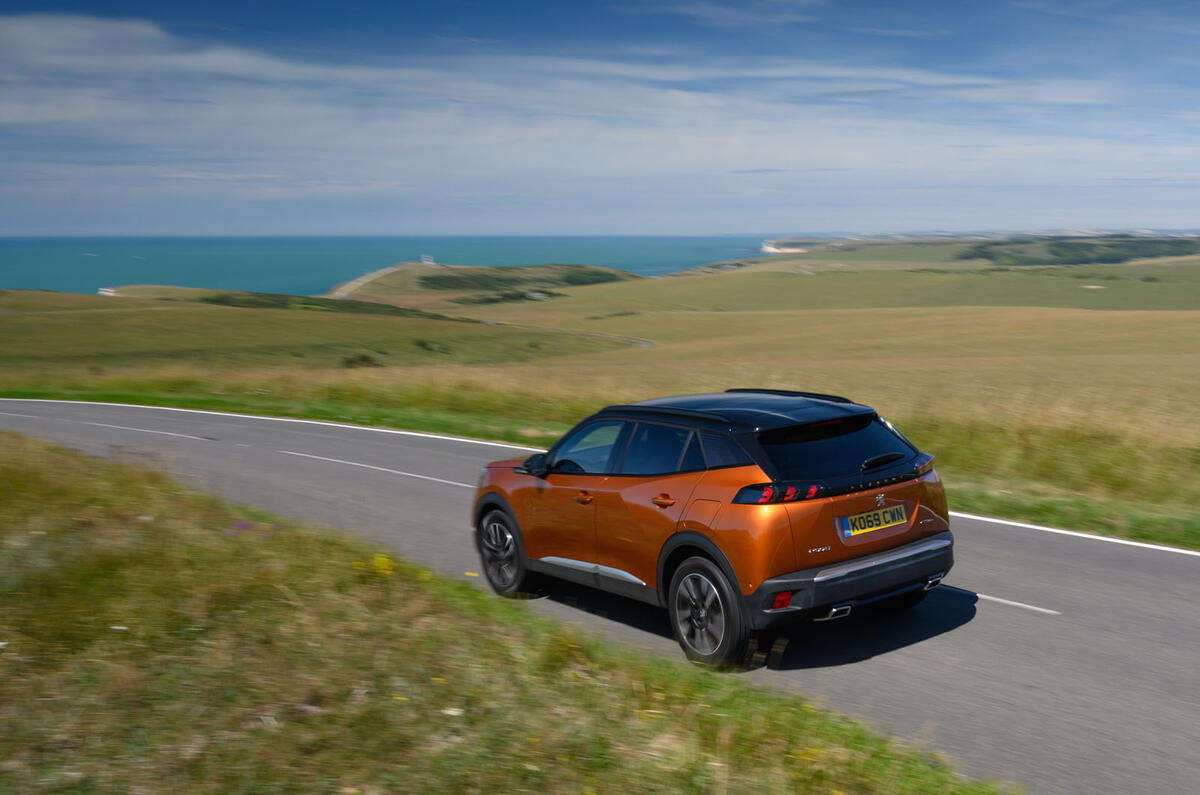
The 192-mile range, cheaper running costs and relaxing nature of the e-2008 makes it incredibly tempting. Less so the 1.5-litre four-cylinder diesel, despite the fact that I’m exactly the sort of person for whom this would be objectively best suited, living 70 miles away from my workplace; a grumbler with only 100bhp just wouldn’t really do.
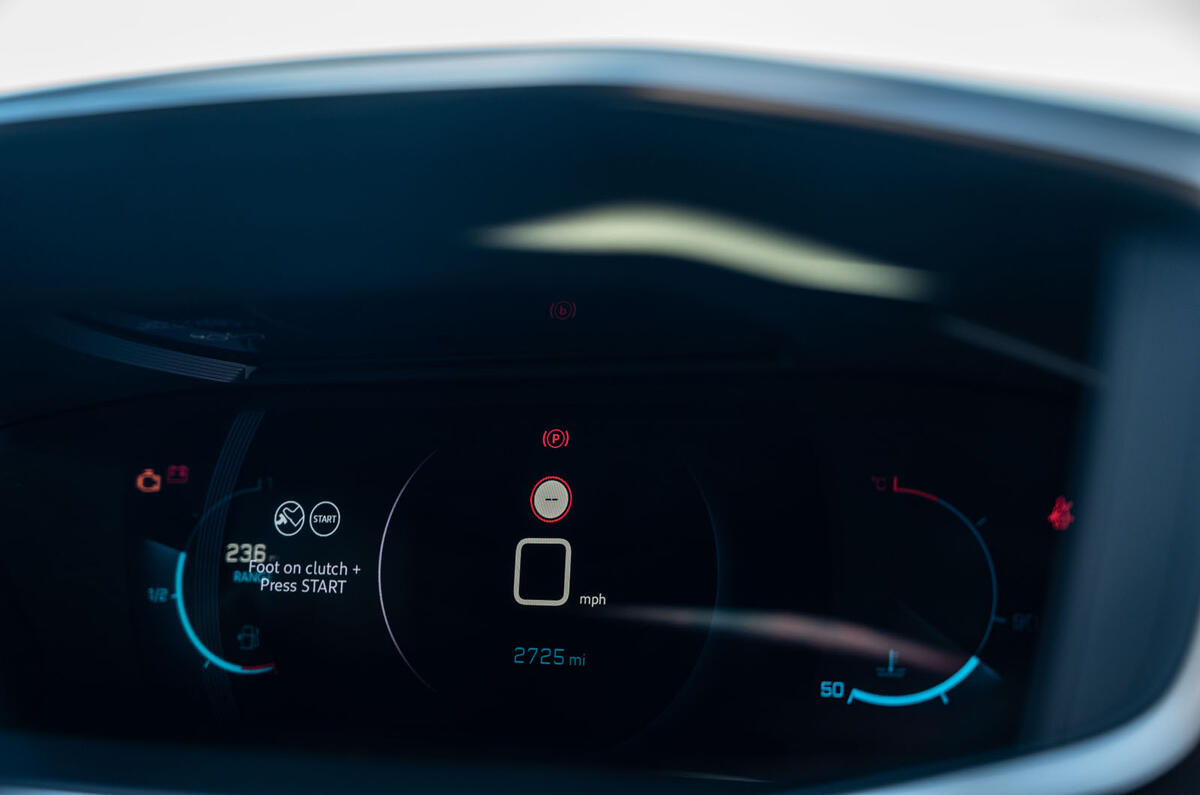
We’ve opted instead for the midrange version of the 1.2-litre turbo petrol triple, which makes 129bhp and 170lb ft of torque (as opposed to 98bhp in basic models or 151bhp in the expensive GT). As we’ve come to expect of PSA’s Puretech units, this is a peppy and pleasantly smooth performer, plus it promises 50.6mpg.

That’s if the car is fitted with the six-speed manual gearbox, as ours is, rather than the eight-speed automatic. Naturally I was glad to have the former, although disappointed at the rounded-off cube for a gearknob: it just feels odd to hold in a way a ball doesn’t.
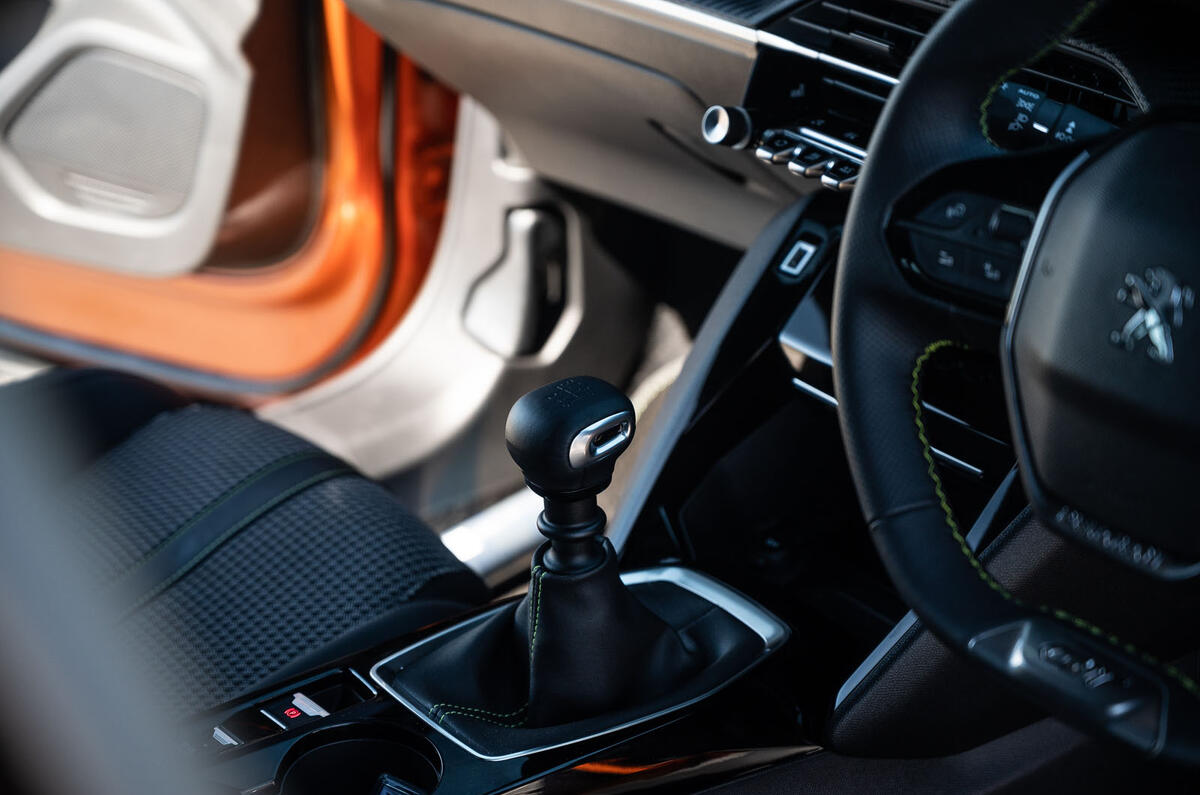
I will also have to get used to the unconventional i-Cockpit layout, here in its latest form, as in the 208, with an overlay for the digital instrument display that makes key data appear in 3D. It makes a mass-market compact crossover look like a spaceship inside, admittedly, and I’m sure that Peugeot will wheel out the facts that it has now sold more than five million cars fitted with an i-Cockpit and that customer feedback is mostly positive. But I’ve never managed to enjoy the small, almost rectangular steering wheel, nor having it unnaturally low, almost in my lap. I can raise the wheel to where it feels right, but then it blocks my view of the instruments. Perhaps I’ll feel differently after an extended period of use.
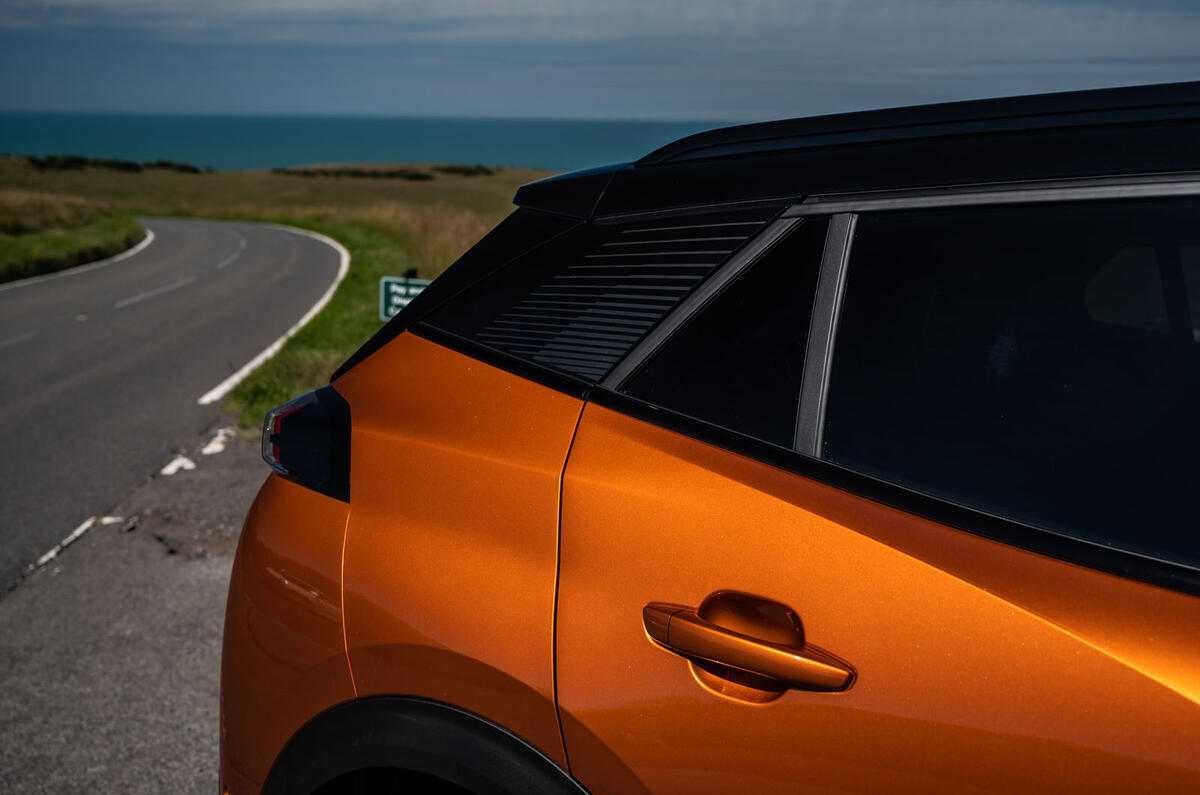
That issue aside, the interior of the 2008 does look fantastic – more befitting of a pricier car, in fact. My car’s metallic Orange Fusion paint is contrasted by black-and-grey faux leather and cloth with lime green stitching, plus a carbonfibre-print dashboard insert, which all looks really smart. Nothing I’ve touched so far has felt cheap or flimsy, and Peugeot has listened to past complaints by adding ‘piano keys’ below the 10.0in infotainment touchscreen. A regiment of buttons sit below a row of touch-sensitive icons – something I normally dislike, but in this case they’re easy to learn and then locate by rote.

The touchscreen itself has high-resolution graphics and large icons and comes with all the features you would expect in a car costing almost £27,000, including satnav, Bluetooth, DAB radio, Apple CarPlay, Android Auto and a wireless smartphone tray inside a lidded compartment below. It’s certainly a lot better than that of the original 2008, even if its menus aren’t always obvious and you have to use it to adjust the air conditioning – a common pet peeve. Thankfully, there are buttons to turn off the fan and to bring up the temperature menu.
The other highlights of the GT Line trim’s equipment list are a reversing camera, heated front seats, 18in diamond-cut two-tone alloy wheels, a gloss-black fake diffuser, twin tailpipes, a diamond-black roof, a leather GT steering wheel, full LED headlights and LED daytime-running lights and eight-colour ambient lighting. To that has been added an opening sunroof, adapative cruise control, blindspot monitoring and parking assistance, so there are plenty of features for me to explore.

The signs are all there, then, that the 2008 will continue Peugeot’s run of sparkling form. So much so that I’m looking forward to discovering whether this should be your compact crossover of choice over the Ford Puma and Nissan Juke – both also new members of our fleet.




0 Comments